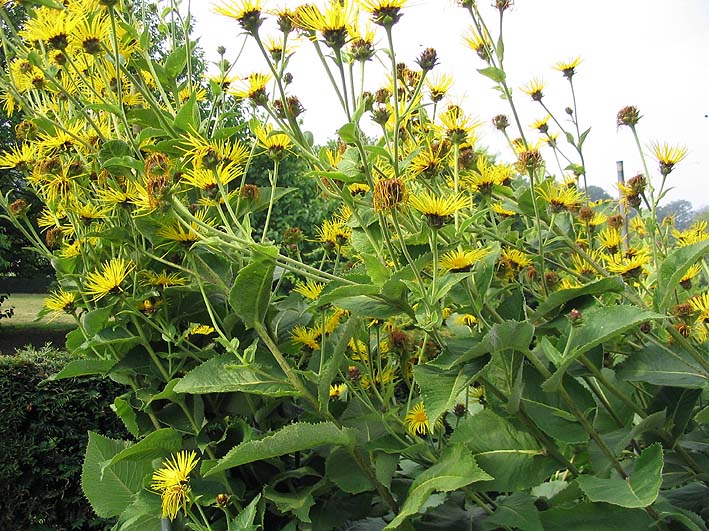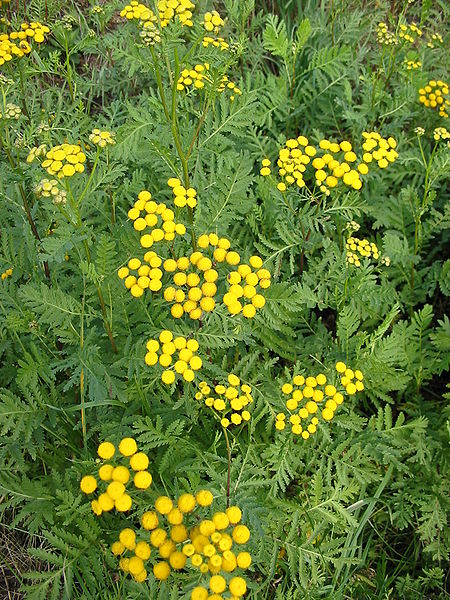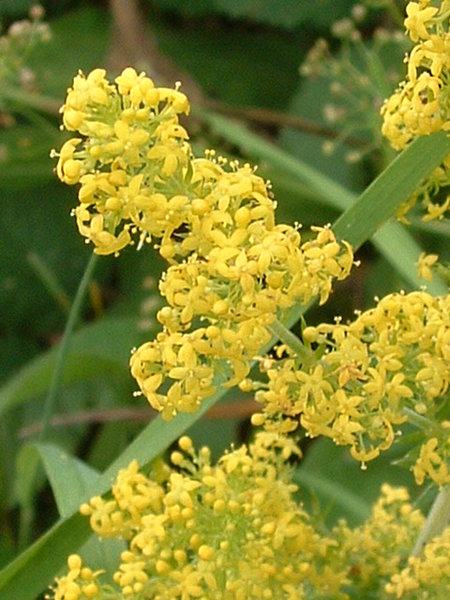10 Years of Food Preservation
Sharon May 31st, 2011
On June first, Eric and I and Eli (and Simon who was there in-utero) will celebrate a decade on our farm. That’s a pretty amazing thing to me - a childhood full of moves, a young adulthood in which I changed apartments every school year - ten years is by far the longest I’ve ever been in one place. And while I had made some forays into food preservation before we moved - mostly involving alcoholic beverages (yeah, yeah, grad student stereotype come true) and condiments (homemade mustard, mint oxymel, almond milk for pouring over chocolate ice cream), the idea of seriously preserving what I actually grew hadn’t kicked in yet. The balcony gardens I’d had in Somerville, MA hadn’t led me into serious food preservation. Farmer’s markets just weren’t as prevalent as they are now. Moreover, homemade food itself wasn’t as trendy. Although I had a plan to grow and produce what we ate, I hadn’t fully made the mental leap into recognizing that one of the central steps in that process was going to be learning to put by.
I did learn it, however, the first time the zucchini exploded, the first time we had more peas than we could eat. I learned it when our first year household budget was a grand total of 17K for Eric, Eli, me and new baby Simon. The vast majority of that money was going to be spent on the mortgage. 3K of it was eaten up almost immediately when our well line burst. That first year garden I planted turned out to be a big chunk of the food budget.
I found books at the library and in bookstores about food preservation, but most of them weren’t that concerned about energy usage - I wanted to know what the most efficient way to keep food was. A lot of them didn’t seem that concerned about taste, either - yes, home canned green beans taste better than grocery store ones, but is that really the best we could do? And they left out a lot - I was getting three gallons of milk in barter for our eggs from a dairy farming neighbor. How do you make butter? How long does it keep? Another neighbor shared her garden produce - the USDA said canning pumpkin wasn’t safe anymore. Were they right? What else do you do with it.
I had time (or as much time as a graduate student writing a doctoral dissertation and the mother of a toddler and a newborn 20 months apart ever has) more than I had money, so I could experiment. I did experiment - a lot. We were given a huge bag of figs, and I pickled a bunch of them. I learned not to pickle figs. We went to the pick-your-own to get strawberries and then dried them, because I didn’t have enough canning jars. I learned definitely to dehydrate strawberries. I made butter. Because of my pregnancy, I was throwing up every 45 minutes, and an elderly Russian lady at our synagogue suggested I try fermented foods. Kimchi and pickles became my best friends.
Despite our tiny budget (which did get bigger after that first year), we ate well. Actually, we ate better than we had ever eaten before. We felt good. Even our picky toddler ate the fresh, delicious stuff we had. The second year, the garden got a lot bigger, and again, we learned more tricks of the trade for food preservation. Moreover, I was more and more concerned about resource use - how did we optimize this - how did we balance our energy consumption for preservation to ensure we came out ahead of industrial food. And how did we make it more delicious still?
It felt, in a lot of ways, like we had to reinvent the wheel. Don’t get me wrong - I had a lot of mentors - most of all the late, great Carla Emery, who became a personal friend. I had a long human past to go back to - after all, food preservation is one of the oldest of all human activities, long predating agriculture. And yet, inventing it for here, on a local diet, with a modern food sensibility and concern for health and safety felt new, as much as it was very, very old.
I decided to write _Independence Days_ in large part because of an encounter with a woman at the 2007 Community Solutions conference. She asked me what she should do to eat locally when her 20 week CSA delivery ended. It was a familiar question - my own CSA customers asked me the same thing, or they puzzled - why was I giving them so much cabbage and garlic in the fall, more than they could eat in a week?
It occurred to me at that moment that we’d lost our attachment to the cycle of preserving, the sense that this was natural, that abundance could be met by strategies to extend its life. The Independence Days Challenge and the book of the same name emerged from that encounter - from the recognition that others were asking the same questions I had asked about how to keep eating locally.
I’m still learning. I still consider myself a low-level cheesemaker, with a whole host of new projects I want to try. Since my grad-school days, I’ve done little experimentation with alcohol making - now that Eric keeps bees, I want to make mead. I’ve got plans to try some new lamb sausages and Carol Deppe’s book _The Resilient Gardener_ has challenged me to explore squash drying more thoroughly. Lots of new stuff to get at.
Last year, I had my best preserving summer ever - and my worst preserving autumn in years. We went away for 10 days in early September on trip I wouldn’t trade for the world - my kids got to see the National Zoo and Monticello, we met new friends and took our first ever family vacation that didn’t involve mostly relatives. I got to speak in front of Thomas Jefferson’s vegetable garden. Given that I suspect that kind of travel may close to us over time, I’m grateful we got it. But the one-two punch of ten days gone (and more days in catch-up) and the Jewish high holidays coming in September meant I got almost no preserving done in the early fall - and an early frost meant that I lost my chance for a lot of good things. The fall raspberries were gone before I got more than a dozen jars preserved. I missed some of my favorite apples, I didn’t get enough tomato sauce done to last the winter.
As I said, I’m still learning. I suspect this year, as we add to our family will bring new imperfections and failures. I’ve come to terms with the fact that I may never get it all right. My years of Independence Day Challenges, however, have taught me to appreciate what I have done, what I do try - what has come to be part and parcel of my life, as routine as laundry and dishes. It has taught me to count every jar with pride, and to remember that next year comes again with new possibilities.
My eighth food storage and preservation class starts today - I feel like I know more than I did for my first class, I’m better prepared. I also feel like I’m never prepared enough - on the one hand, this stuff is important, it can be the difference between security and insecurity, sufficiency and insufficiency. Food matters. On the other hand, I feel just as uncertain as I suspect my students do - worried they’ll have questions I can’t answer. But I was a teacher for a long time before I started this subject - I have come to appreciate questions I can’t answer, because they take me places I didn’t know to go.
I have rhubarb to can, rhubarb I planted a few years ago that came back despite the depredations of chickens. I have raspberry leaves to dry for tea, and some to feed to the rabbits - they just appeared under the spruces, and we let them grow. I have bok-choy bolting in the heat that could still make kim chi - or could be tosssed over the fence to the goats if I don’t get to it. My place, this place I know better than any other I have lived in, is filled with abundance, tolerant of my imperfections and ready to go.
Sharon
BTW, I still have two spaces in food storage and preservation. If you’d like one, email me at [email protected]!









